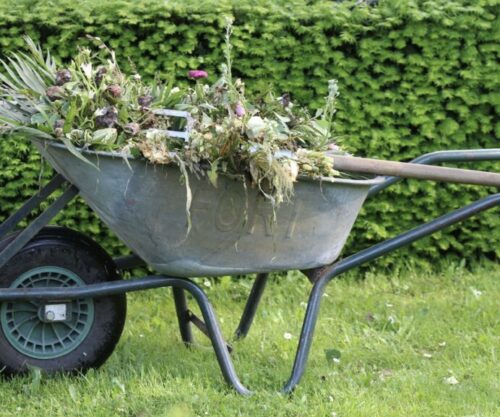
When violence hides in plain sight
Across South Africa, violence against women continues to shape everyday life in ways that are both visible and deeply hidden. Research by the Human Sciences Research Council reveals the scale of the crisis: roughly one in three women has endured physical violence at some point in their lives, and around one in ten has survived sexual violation. These numbers speak to women sitting in taxis, in offices, in classrooms, and at supper tables, quietly carrying stories they often never choose to tell.
Abuse rarely arrives as a sudden catastrophe. More often it begins quietly. A comment that feels undermining, a growing need to ask permission, a phone checked without consent. These small controls eventually harden into emotional manipulation, financial restriction, physical intimidation, or sexual coercion. Survivors often live inside this tightening grip long before anyone else notices.
Listening is the first act of protection
People often rush to offer solutions, but organisations supporting survivors say the first step is always to listen. Many women fear judgement or disbelief. Others worry about retaliation or sparking further conflict. By simply creating a calm, non-critical space, you give someone the rare chance to feel safe. That moment of being heard can be the beginning of change.
Help is available at any hour
South Africa does have support that is accessible at any time. A national toll-free gender-based violence helpline operates day and night, with trained social workers ready to offer emotional support, practical guidance, and referrals to services such as shelters, counselling and medical care. The helpline is available in several South African languages so survivors can reach out in the language that feels most natural to them.
What abuse really looks like
Violence is not always a bruise. Abuse includes humiliation, threats, name-calling, and constant monitoring. It can mean being denied money, being prevented from working, or being controlled through debt. It can be forced intimacy or coercion disguised as affection. Understanding these patterns helps families and communities see red flags long before the situation becomes life-threatening.
The context that shapes the crisis
South Africa’s struggle with gender-based violence is tied to a long history of inequality, deep trauma, and social instability. Researchers point to generations affected by violent power structures, unemployment, and limited access to mental health care. It means that supporting a survivor is not only about one relationship. It is also about understanding a wider landscape marked by hardship and fear.
What real support looks like
There are small everyday actions that make an enormous difference.
• Listen without correcting or questioning.
• Believe what she shares, even if it is difficult to hear.
• Help her explore options such as speaking to a counsellor or calling a helpline.
• Comfort children who may have witnessed the abuse.
• Avoid pushing her to leave before she feels ready or safe.
• Challenge victim-blaming when you hear it among friends or colleagues. Change begins in ordinary conversations.
A country finding its voice
South Africans have not stayed silent. In recent years communities have marched, held vigils, and demanded stronger action after horrific incidents of violence against women and children. Social media continues to amplify these voices, turning individual grief into collective pressure for justice and meaningful reform.
The road that still lies ahead
Even with more awareness, many barriers remain. Shelters are often full. Legal processes move slowly. Many women rely financially on the person hurting them. These challenges mean long-term solutions are essential. Better mental health services, stronger police responses, and more investment in safe housing remain urgent needs.
Standing with survivors
Survivors often say the same thing: they want to feel seen. They want to feel believed. You do not need training to offer compassion. You only need to show up. Every person who listens, who stays patient, and who helps someone take the next safe step becomes part of the force pushing back against South Africa’s epidemic of violence. When communities stand with survivors, the silence breaks and the path toward safety becomes more possible.
Source: Joburg ETC
Featured Image: Byline Times




